Museo Casa di Dante 🏫
Dante Alighieri was the greatest poet and father of the Italian language. His masterpiece, the Divine Comedy, has been the basis of the common idea of Hell, Purgatory and Paradise for centuries, and has influenced love poetry, theology and symbolism.
The Dante’s House Museum was established in 1965 on the occasion of the seventh centenary of the poet’s birth. The museum has a predominantly historical-didactic character with the aim of introducing the figure of Dante and the medieval Florence in which he lived. In the various rooms are kept objects used by doctors and apothecaries, reconstructions of objects of common use, and clothes from the 1300s. A guided tour introduces the historic Battle of Campaldino in which Dante participated and a reconstruction of the streets of medieval Florence. The presence of Dante and his Comedy is everywhere in the neighborhood even if the original house no longer exists. A portrait of the poet, of mysterious origin, is engraved on the floor of the square in front of the house. In the nearby church of Santa Maria dei Cerchi, according to tradition, Dante met Beatrice Portinari, the beloved woman protagonist of the Divine Comedy and to whom he dedicated the collection of Vita Nuova lyrics. In popular tradition, this church is Beatrice’s burial place and therefore still today a pilgrimage destination for lovers and poetry lovers who leave romantic notes addressed to Dante’s muse. The church houses modern portraits of the two lovers as well as a precious altarpiece by Neri di Bicci. It is in these places that Dante lived his passion for Beatrice, for poetry and for politics and from here he was forced to leave Florence and died in exile. Those who visit these places can still find themselves immersed in the medieval atmosphere that saw the birth of the “great poet” celebrated throughout the world as the father of the Italian language.
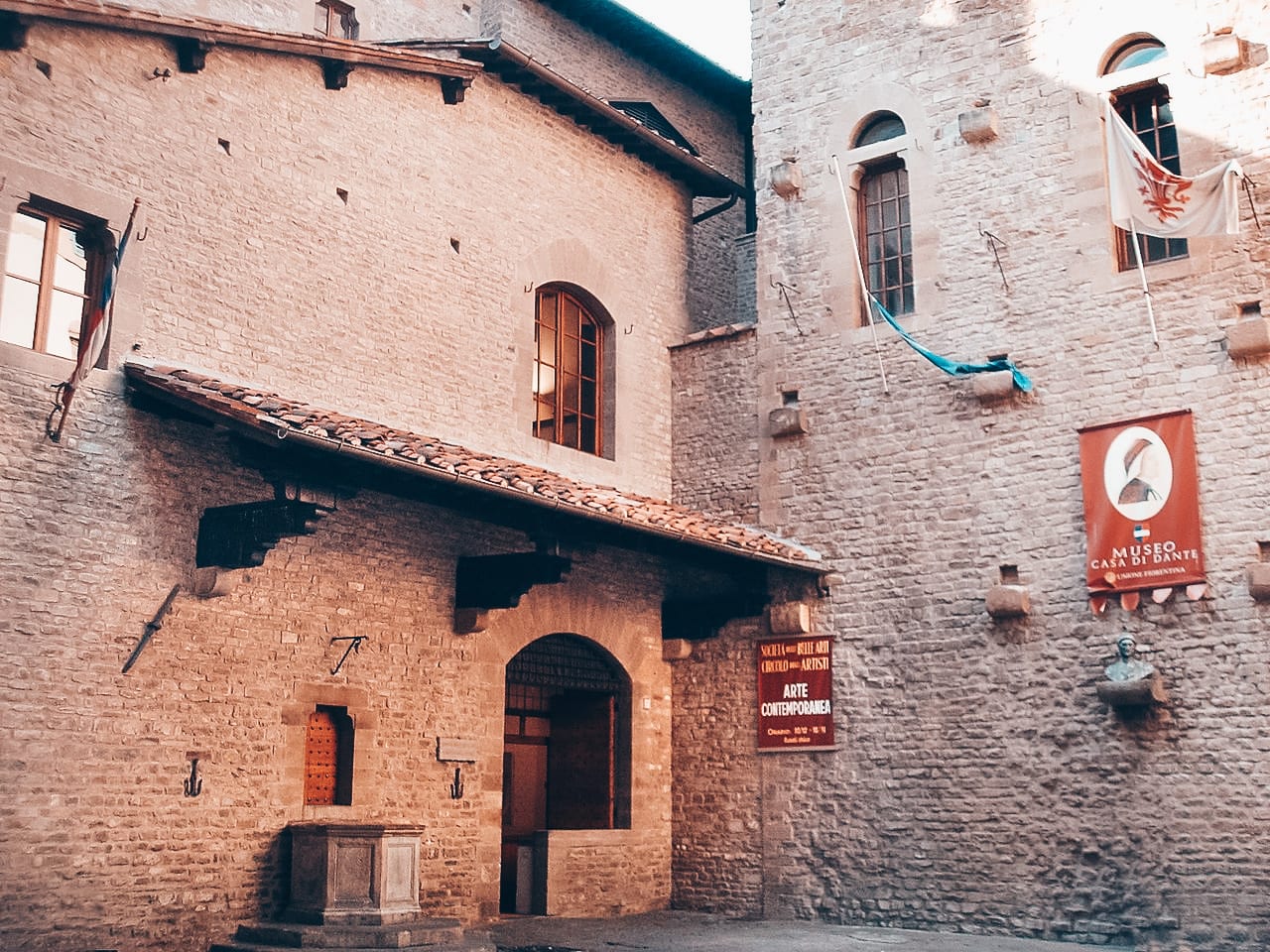
Leonardo da Vinci Museum 🏫
The Leonardo da Vinci Museum (or Leonardo Interactive Museum) is a museum focused on the interaction with the famous machines designed by the genius from Vinci in his Codes.
The most characterizing part of the museum is constituted by the large number of Leonardo’s machines – there are more than 50 – reconstructed starting from the many projects that the Renaissance artist and inventor reported in his famous Codes, and by the possibility of interacting with these. For this reason, it is a museum that is particularly popular with children and families.
In addition to the reconstructions of the inventions, there are various explanatory panels in several languages throughout the exhibition.
Finally, there are high-definition reproductions of Leonardo’s most important paintings, from the Mona Lisa to the Annunciation, from the Lady with an Ermine to the Last Supper. You can also immerse yourself in the world of Leonardo’s Universal Genius also through the use of virtual reality viewers.
Galileo Museum 🏫
The oldest objects in the museum come from the collections of the Medici and Lorraine families. Among the exhibits, you can see mathematical, optical, astronomical, surgical or navigation instruments. There is also a small collection of pocket watches, including some manufactured in the last years of the sixteenth century. Among the most important objects in the museum is the telescope with which, in 1609, Galileo discovered the lunar mountains and the satellites of Jupiter, but also the first mercury barometer, invented in 1634.
A curiosity: in the museum, there is also, as a relic, the middle finger of Galileo, stolen from the body of the scientist in 1737, when his remains were transferred to the family crypt.
Any science enthusiast will visit this museum with great interest. In the Galileo Museum, you will be able to see numerous inventions and have small interactive experiences, such as calculating the time with the astrolabe!
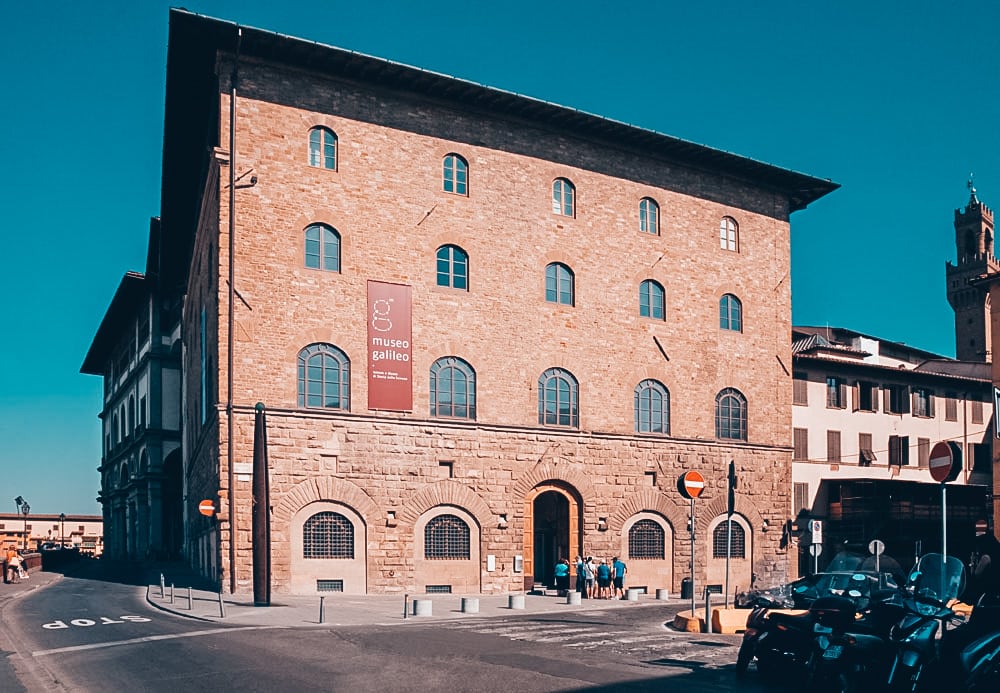
Museum of the Innocents 🏫
A story that links the past and present of the Istituto degli Innocenti, which has been involved in promoting children’s rights for six centuries. It is located in the complex that includes the building designed by Filippo Brunelleschi, the first example of Renaissance architecture.
The tour allows you to discover a unique cultural heritage in the world because it is deeply linked to the activity carried out in favor of children.
The Museum offers the visitor three thematic itineraries for visits – History, Architecture, Art – which together give life to a unitary narrative that presents the documents collected in the historical archive, the spaces where the life of the little ones welcomed in the structure took place, the works artists who have contributed to making the children’s place beautiful and welcoming.
Gucci Museum 🏫
If you love fashion, its history and its evolution, the Gucci Museum is the place for you: you will savor the refinement of the creations and the attention to detail while discovering the variety of materials and fabrics.
Located in the heart of Florence, in Piazza della Signoria, in the fourteenth-century Palazzo di Mercanzia, the Museum will allow you to explore the history of the brand but also that of Italian taste and style by observing the historical changes through clothes and accessories.
Opened in 2011, on the occasion of the 90th anniversary of the birth of the brand in Florence, the Gucci Museum is spread over an area on three floors, which summarizes the entire history of the Florentine Maison. The exhibition is divided into themed rooms inspired by the iconic motifs and symbols of the brand: the “Travel Room“, with the display of trunks, suitcases, accessories, and items created for the international jet-set, the “Bag Room” with the evolution of the historic models of the Gucci brand, which have become real cult objects still highly sought after today, “Logomania“, a space that traces the evolution of the monogram of the double G, the “Evening Room“, with the precious dresses worn by the actresses most famous. On the ground floor, you can pleasantly stop at the museum café and browse a bookshop publication specializing in fashion, art and photography books. Shopping at the gift shop full of Gucci Museo objects, accessible to all, is unmissable, while next to it, the Icon Store exhibits the Icon Collection: a series of objects, such as the New Bamboo, in a unique edition for the museum.
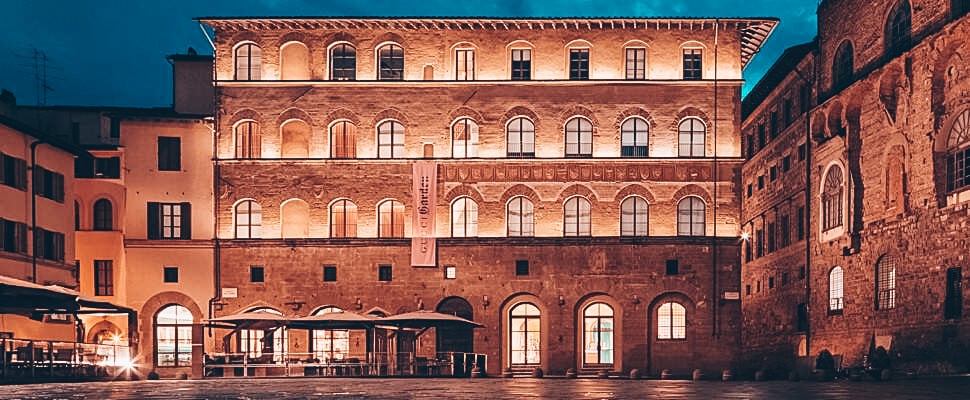
Salvatore Ferragamo Museum 🏫
The Salvatore Ferragamo Museum is located in the historic Palazzo Spini Feroni, the company’s headquarters since 1938. Inaugurated in 1995, the museum was born on the initiative of the family, to enhance Salvatore Ferragamo’s artistic qualities and he has covered in the history of footwear and international fashion. The current exhibition space is dedicated each year to a different research theme, combining Salvatore Ferragamo’s experience and the story of his life and his creations with other areas such as art, architecture, design, history economic and social and philosophy. Confirming the cultural value of the institution and the numerous cultural activities undertaken over the years, in 1999 the Salvatore Ferragamo Museum received the Guggenheim Enterprise and Culture Award 🏆.
Florentine Museum and Institute of Prehistory 🏫
The “Paolo Graziosi” Museum and Florentine Institute of Prehistory was founded in Florence in 1946, with headquarters in the Palazzo delle Oblate, with the aim of gathering, conserving and classifying the prehistoric collections existing in Florence. The collections cover a period ranging from the early Stone Age to the threshold of the historical age and represent the manifestations of human activity based first on a non-productive economy of hunting and gathering, then on a productive economy based on agriculture, sheep farming, metalworking.
The documents consist of stone tools, bone, ceramic objects, copper and bronze weapons; from artistic testimonies (casts, photos, and originals), accompanied by the respective human types, by fauna and botanical remains. They come from Italian and foreign excavations and research carried out in Europe, Africa, Asia and America since the beginning of the prehistoric investigation in the nineteenth century, and constitute the “historical” collections, but the collections from recent investigations are also remarkable.
Of particular interest are the European collections from the first discoveries in the field of Prehistory, then the prestigious African and Asian collections. For America it is worth mentioning the Argentine ethnographic material and the lithic material of late North American prehistory.
Bellini Museum 🏫
It is a private museum located on Lungarno Soderini, in the Oltrarno area. It houses the collection of a family that has been a protagonist of the art market since 1756, promoting the International Antiques Biennial.
It deals with painting, sculpture, bronzes, majolica and furniture from the twelfth century to the eighteenth century. Among the artists represented we can mention Bernardo Daddi, Piero di Cosimo, Paolo Veronese, Jacopo Pontormo, Luca Carlevarijs, Giovan Battista Tiepolo and Antonio Canaletto.
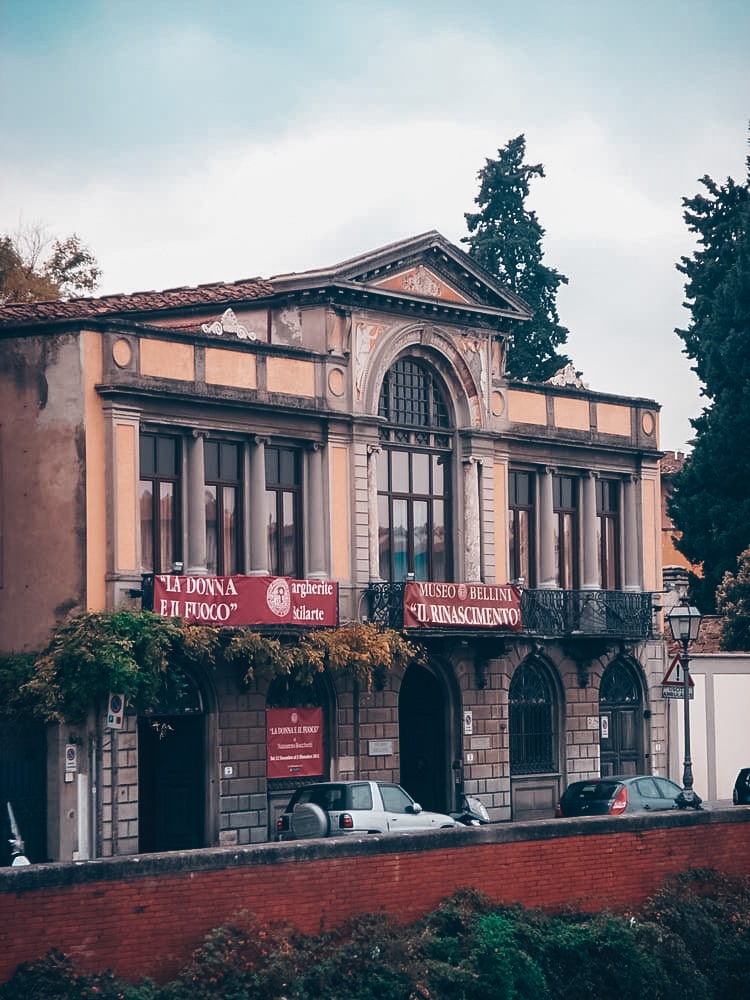
Buonarroti House 🏫
The palace was built by the great-grandson of Michelangelo Buonarroti; over the years numerous descendants have collected the artist’s works there such as portrait drawings and early works. After alternating and not always happy events, the museum, restored and reorganized in 1964, was established Casa Buonarroti which intends to reconstruct the history, vicissitudes of the collections and all the documented heritage of the Buonarroti family by restoring the original seventeenth-century furniture. Inside, among others, the Battle of the Centaurs, the beautiful Madonna della Scala and the wooden crucifix of S. Spirito are also preserved.
The Casa Buonarroti Museum in Florence is a place where the main objects of the genius of Michelangelo are kept in order to preserve and deliver to posterity the precious memory of the great artist. There are 22 exhibition rooms and it is possible to admire architectural collections, paintings, models, sculptures, frescoes, and bronzes.
Villa Demidoff 🏫
In Pratolino stands a park with a magical atmosphere and where a real giant “stays”.
A few kilometers from Florence one of the most important historical parks in Europe comes to life for its naturalistic, archaeological, historical and cultural heritage. It is the Medici Park of Pratolino, better known as Villa Demidoff.
A place with a magical atmosphere established in 1568 by the architect Bernardo Buontalenti and where nature, engineering, and artistic wonders merge. However, over the years it has undergone both a series of embellishments useful to make it a real “garden of wonders“, and moments of abandonment and demolition.
Until 1872, when this fairytale-like place was bought by the Russian Demidoff family, wealthy industrialists and philanthropists who decided to renovate and expand the villa, restoring it today with its grandiose appearance. Unmissable and absolutely mammoth is the Colossus of the Apennines by Giambologna. An imposing work that symbolizes all the nobility of the mountain range of our country. The sculpture represents a giant who seems to want to come out of the lake below and with one arm outstretched to crush the head of a snake. It is truly suggestive, also for the mysterious aura of which it is forged and which makes it a sort of mystical figure halfway between a man and a mountain. In addition to the Colossus, in this wonderful park, it is also possible to admire other interesting works: the Cupid’s Grotto, the Chapel, the Mugnone Fountain, the Stables, the Mask’s Tub and the Great Aviary.
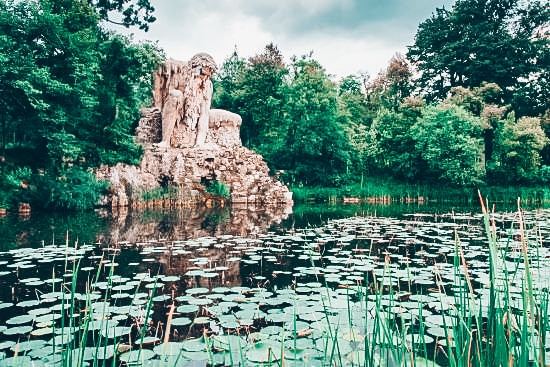

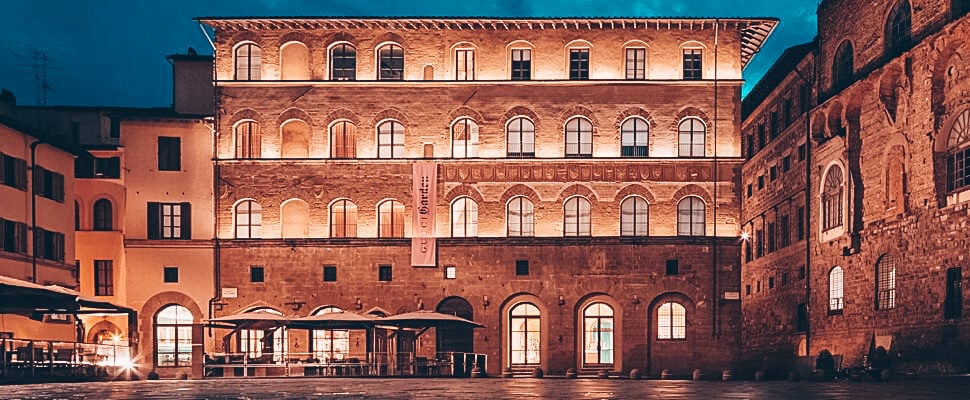
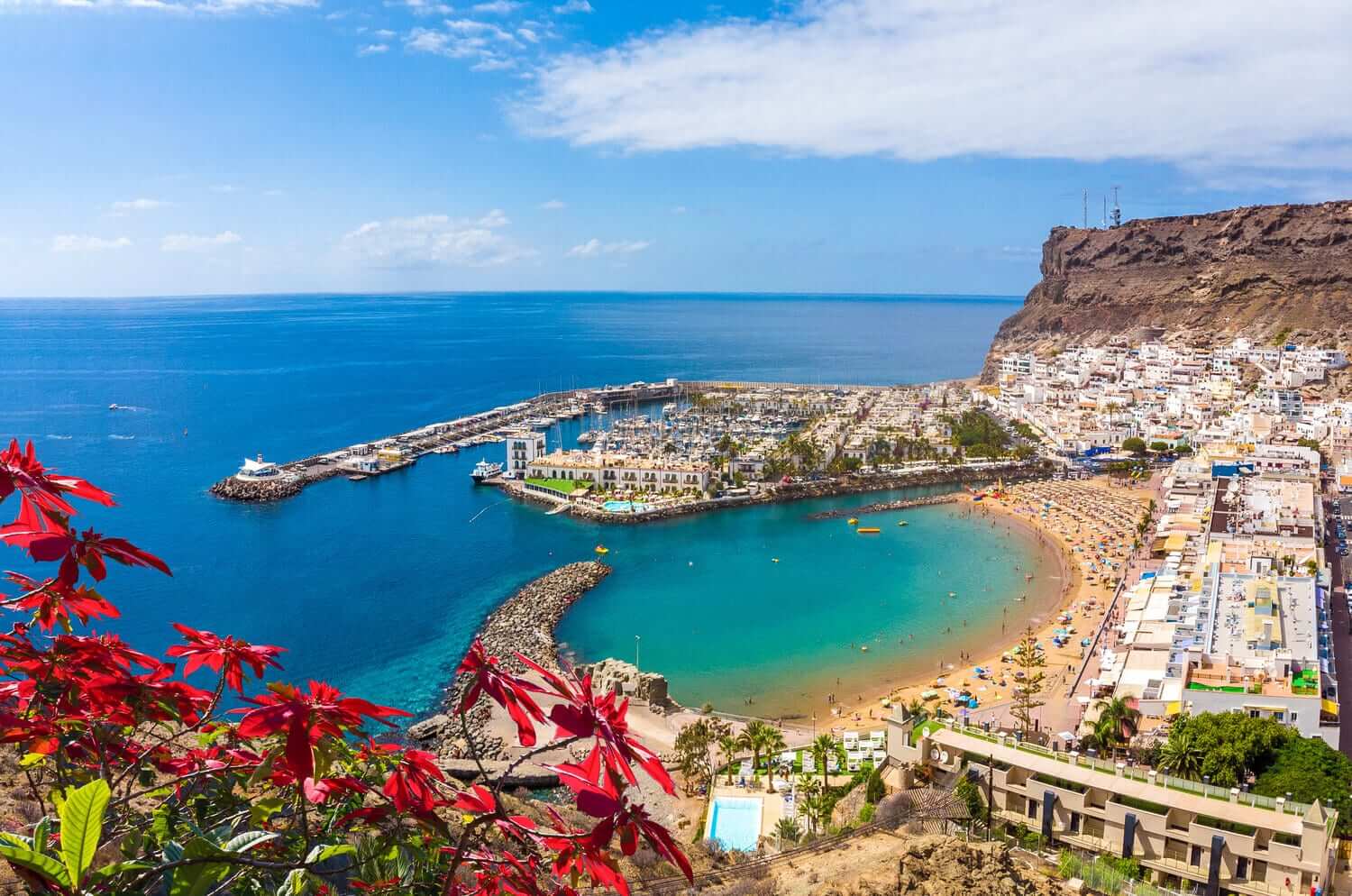

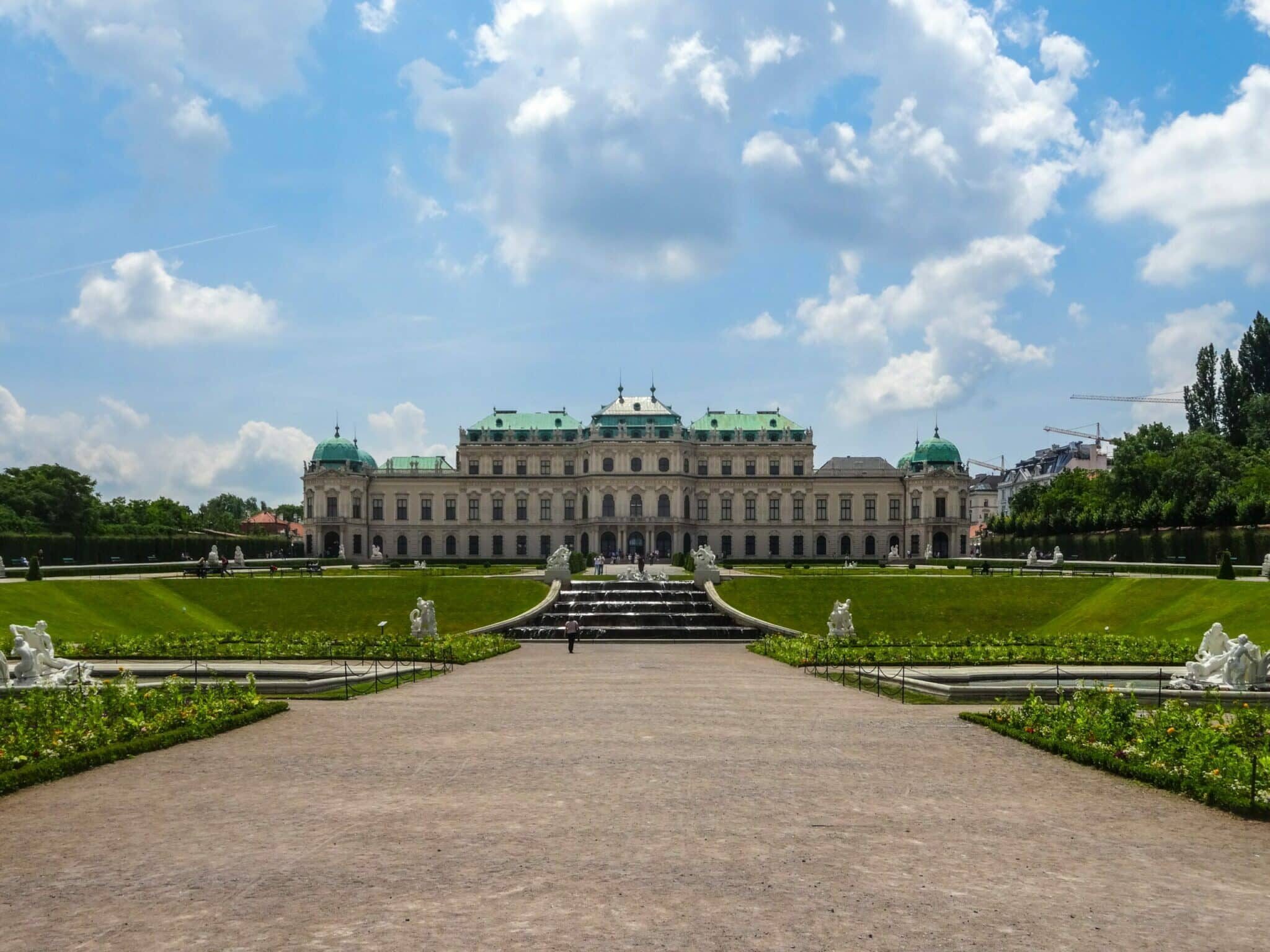
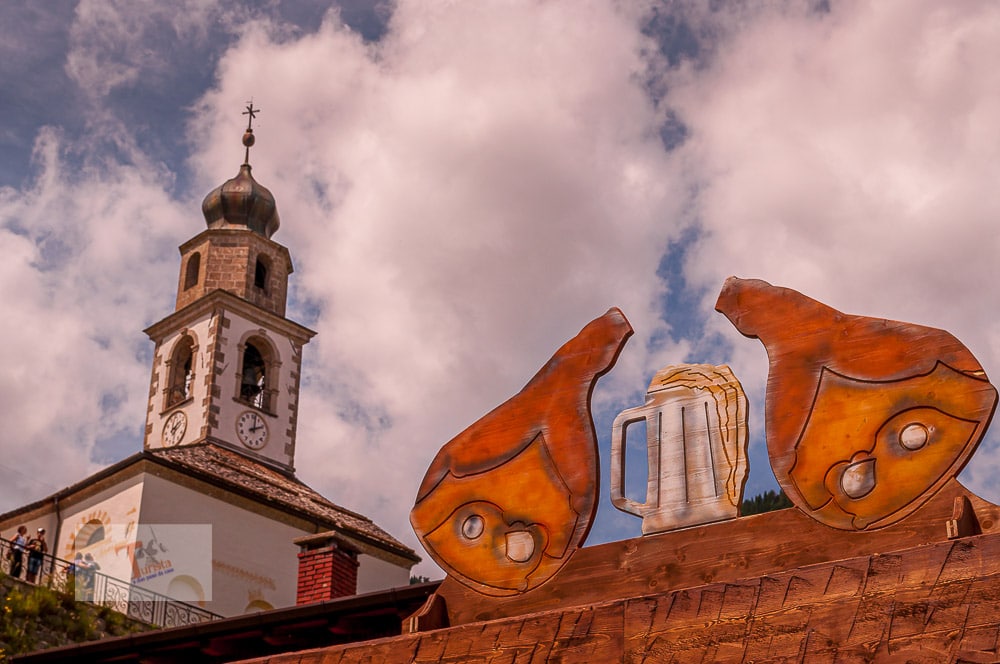
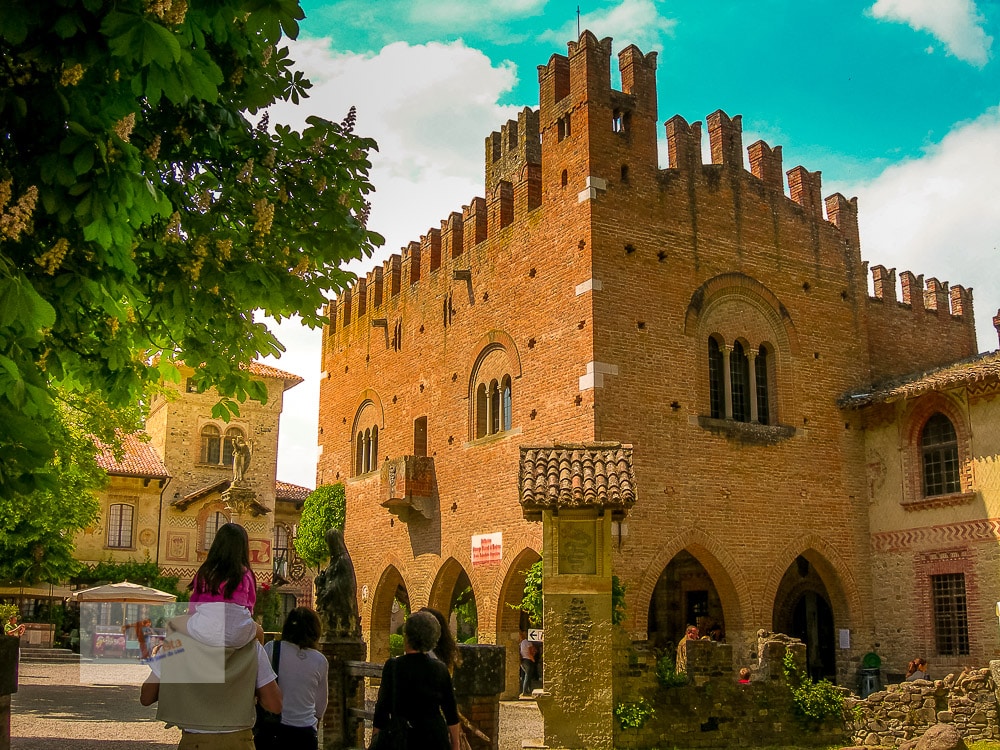
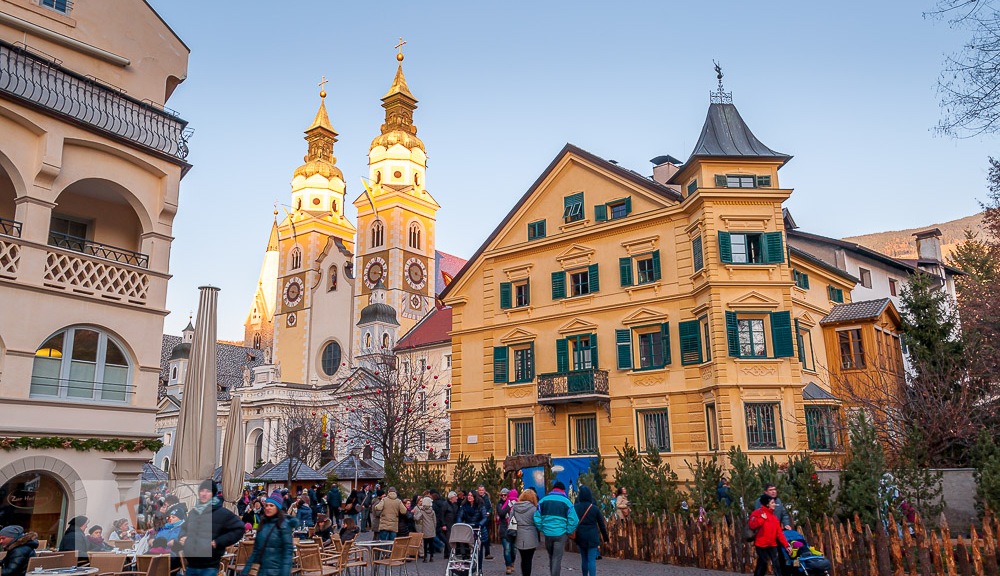
Very interesting!❤️